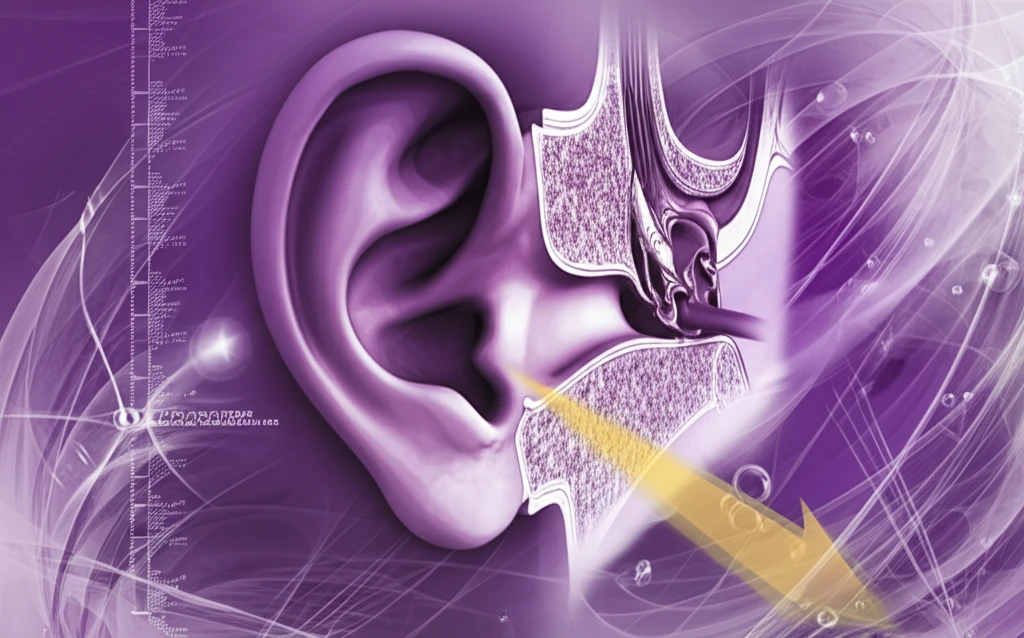
Ear Infections: Is Your Anatomy to Blame?
"Uncover the surprising link between Eustachian tube angle and chronic ear problems."
Ear infections, especially chronic ones, can be a real pain – literally! While many factors contribute to these persistent problems, a surprising element might be at play: the angle of your Eustachian tube. This small but mighty tube plays a crucial role in keeping your ears healthy, and its positioning can significantly impact your susceptibility to ear infections.
The Eustachian tube connects your middle ear to the back of your throat, helping to equalize pressure and drain fluids. When this tube isn't functioning correctly, it can lead to a buildup of pressure and fluid, creating a breeding ground for bacteria and viruses. But what does the angle of the tube have to do with it?
Recent research has shed light on the connection between Eustachian tube angle and chronic ear infections. This article will explore this fascinating link, helping you understand how your anatomy might be contributing to your ear woes.
The Eustachian Tube: More Than Just a Tiny Tunnel

Before we dive into the angle issue, let's understand the Eustachian tube's crucial functions. Think of it as your ear's personal pressure regulator and drainage system. It ensures that the pressure inside your middle ear matches the pressure outside, preventing that uncomfortable 'full' feeling you get on airplanes. It also clears away fluids and debris, keeping the middle ear clean and healthy.
- Infections: Colds, allergies, and sinus infections can cause inflammation and swelling, blocking the Eustachian tube.
- Anatomical Issues: As we're about to explore, the angle of the Eustachian tube plays a significant role.
- Enlarged Adenoids: Especially in children, enlarged adenoids can press on the Eustachian tube opening.
- Smoking: Smoke irritates the lining of the Eustachian tube, hindering its function.
Taking Control of Your Ear Health
While you can't change the angle of your Eustachian tube, understanding its role in your ear health empowers you to take proactive steps. If you experience frequent ear infections or persistent ear problems, talk to your doctor. They can assess your individual situation and recommend the best course of action. Remember, knowledge is power, especially when it comes to your health!
